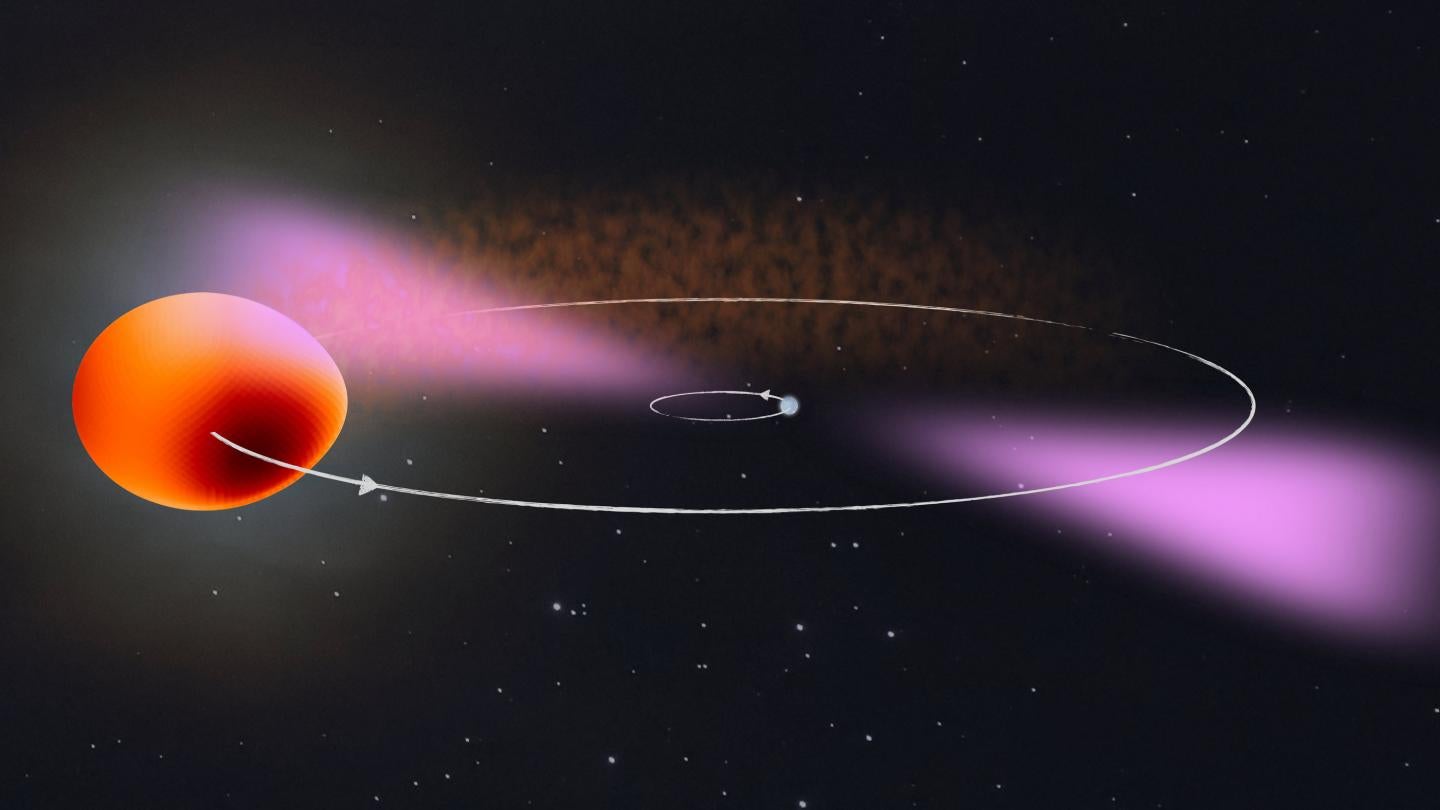Scientists find the source of mysterious pulses being blasted towards Earth

Your support helps us to tell the story
From reproductive rights to climate change to Big Tech, The Independent is on the ground when the story is developing. Whether it's investigating the financials of Elon Musk's pro-Trump PAC or producing our latest documentary, 'The A Word', which shines a light on the American women fighting for reproductive rights, we know how important it is to parse out the facts from the messaging.
At such a critical moment in US history, we need reporters on the ground. Your donation allows us to keep sending journalists to speak to both sides of the story.
The Independent is trusted by Americans across the entire political spectrum. And unlike many other quality news outlets, we choose not to lock Americans out of our reporting and analysis with paywalls. We believe quality journalism should be available to everyone, paid for by those who can afford it.
Your support makes all the difference.Scientists have finally located the source of mysterious gamma-ray blasts being sent towards Earth.
Astronomers have tracked the blast down to what they say is a celestial object known as PSR J2039?5617, a rapidly spinning neutron star.
The object has been known about since 2014, and scientist suspected that it could be a spinning neutron star orbiting another less substantial star. But they could not find proof.
Now they have discovered for sure that the object is part of a binary system, and spins around 377 times in each second. It orbits around another star, roughly a sixth of the mass of our Sun, which it is gradually forcing to evaporate.
As it does, it sends out gamma-ray pulsations that can be detected by space telescopes launched from Earth.
The cosmic hunt was conducted by a research team led by scientists at the University of Manchester. But they were critically assisted by people all around the world, who had donated their computers to the Einstein@Home programme.
That allows researchers to in effect borrow the computing power of PCs inside of people's homes, as they lay idle. It means that thousands of people helped contribute to the work, without even necessarily knowing what they were doing.
To attempt to find the source of the blasts, the researchers had to check through vast amounts of data in search of possibly useful signals. A single computer core would take 500 years to complete the work; by using people's home computers, the researchers were able to do it in two months.
"It had been suspected for years that there is a pulsar, a rapidly rotating neutron star, at the heart of the source we now know as PSR J2039?5617," Lars Nieder, a PhD student at the Max Planck Institute for Gravitational Physics said in a statement.
"But it was only possible to lift the veil and discover the gamma-ray pulsations with the computing power donated by tens of thousands of volunteers to Einstein@Home."
Join our commenting forum
Join thought-provoking conversations, follow other Independent readers and see their replies
Comments